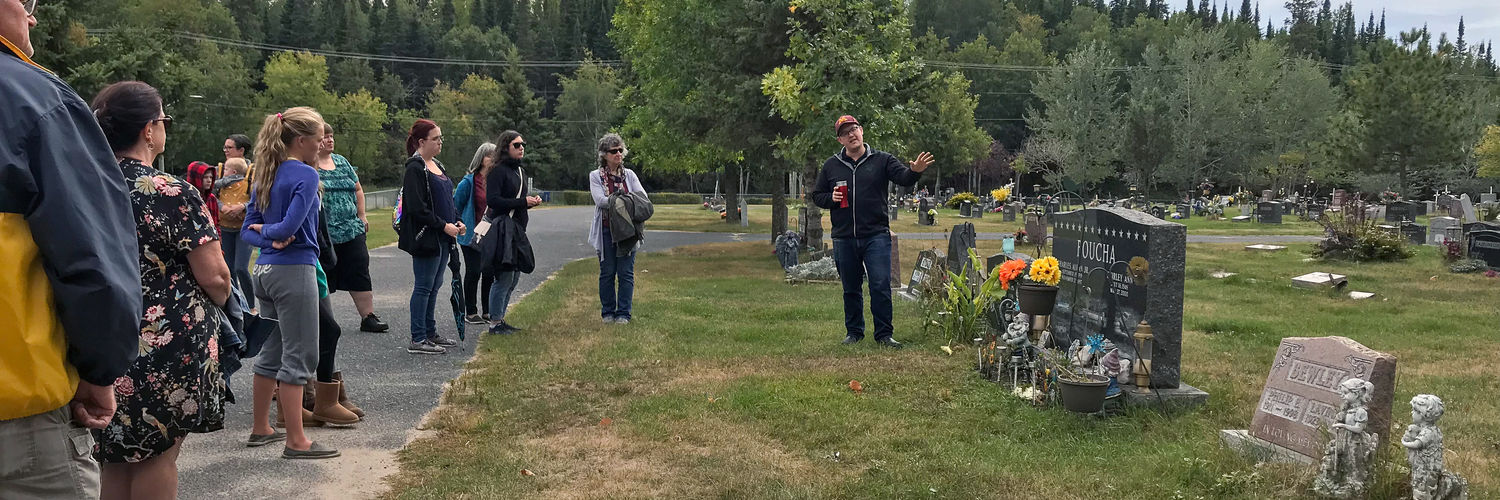The Natives referred to the north end of the Lake as Wauzhushk Onigum, which literally translated means "portage to the country of the muskrat". An abundance of fur bearing animals and the location on the main east/west water route made this an area of critical importance during the fur trades period. In 1836, a Hudson Bay post was established on Old Fort Island of the Winnipeg River, and in 1861, it was moved to the mainland to an area called Rat Portage (a shortened and corrupt version of Wauzhushk Onigum). A little more that a small clearing in the bush, this rustic little village was the main object of interest in the Ontario-Manitoba border dispute from 1870 - 1884. Each province claimed the town as part of their territory ~ both provinces had jails in the town, both issued titles to mining claims and lumber licenses.
Rat Portage, Manitoba was incorporated as a municipality in 1882. In 1883, polling took place to elect members to both Provincial legislatures. Finally, in 1884, the Privy Council of England decided in Ontario's favor and it became official in 1889. Development was given impetus by the construction of the CPR in the early 1880's which led to Rat Portage becoming a major supply and distribution centre for Lumber, sawmills, flour milk, mining - gold. Industry pushed for a name change, so the new name was formed by combining the first two letters of Keewatin, a sister town, Norman, an adjacent village, and Rat Portage.
The first paper mill was established in 1923 and the lumber industry continues to support the local economy. Another mill was built in 2001 to produce Timber Strand. Kenora continues to grow economically and culturally and became prominent in the tourism, lumbering, mining, and commercial fishing industries.


